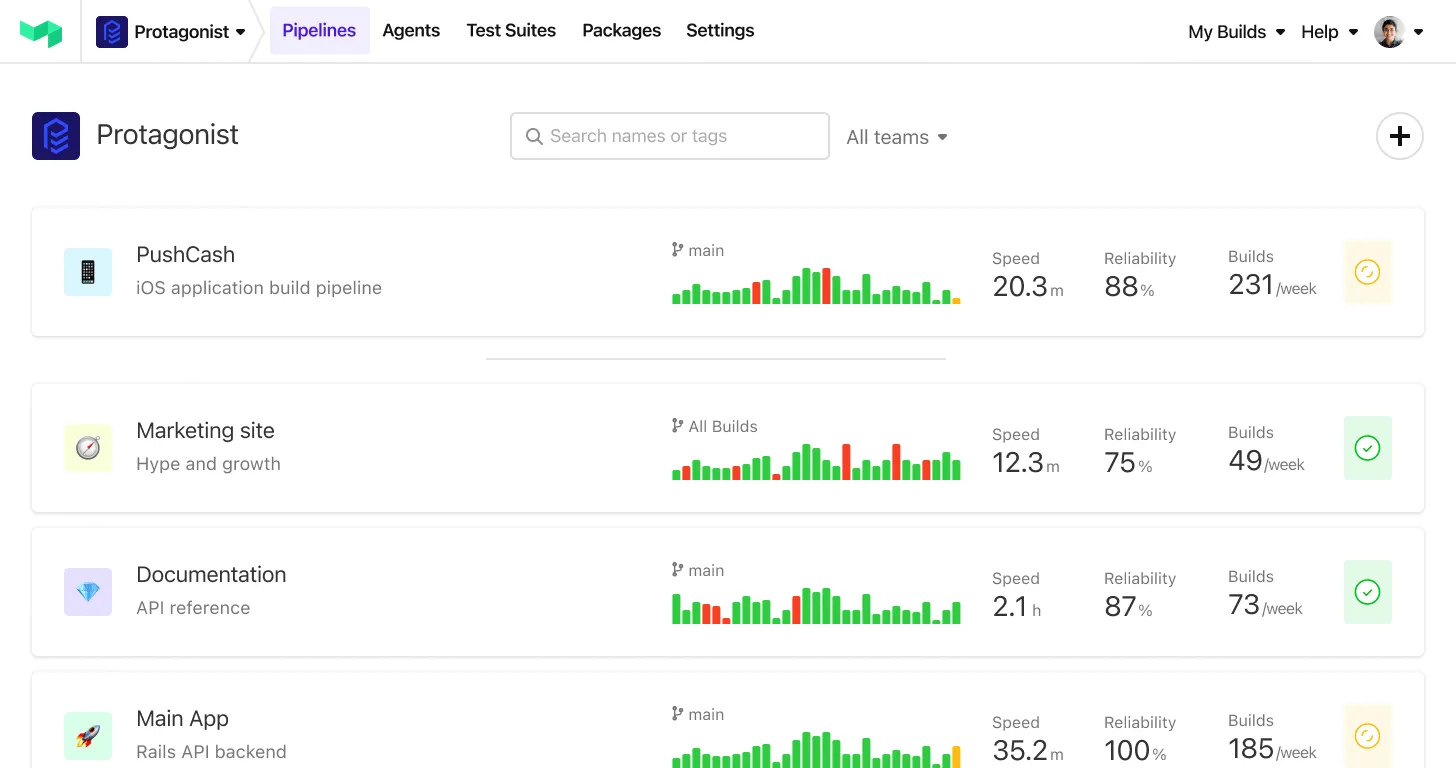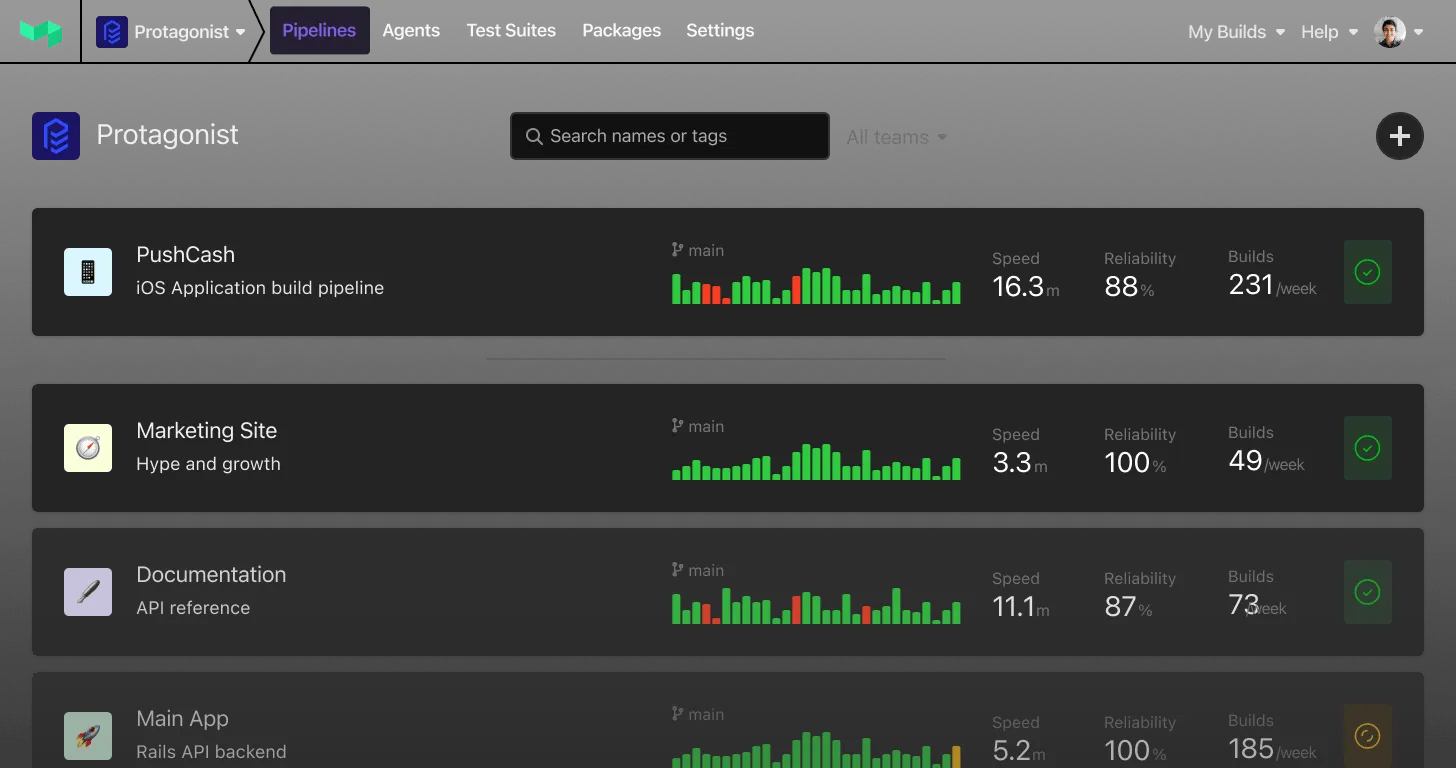Performance and Build Times
Build performance directly impacts developer productivity and CI/CD pipeline efficiency. This section compares how each build system handles different workload types and project scales.
Gradle
Gradle consistently outperforms Bazel in real-world enterprise scenarios for typical Java projects, achieving 5-16x faster incremental builds. The platform's mature optimization techniques and familiar build model provide immediate performance benefits for most development teams.
Bazel
However, Bazel excels at massive scale—organizations with codebases exceeding 100 million lines of code report better performance with Bazel's fine-grained caching and remote execution capabilities. The platform's architecture becomes increasingly advantageous as project complexity grows.
Developer Experience and IDE Integration
The daily development experience significantly affects team productivity and adoption rates. This section examines how each build system integrates with common development workflows and tooling.
Gradle
Gradle wins decisively in developer experience with native IDE integration, familiar concepts for Java developers, and extensive documentation creating a gentle onboarding experience. The platform's conventional approach reduces the learning curve for most development teams.
Bazel
Bazel's explicit dependency management and hermetic builds provide stronger correctness guarantees but require developers to think differently about builds. The need to maintain BUILD files, understand Starlark, and debug sandboxed builds creates ongoing friction for development teams.
Scalability and Monorepo Support
Large-scale development requires build systems that can handle complex dependency graphs and massive codebases efficiently. This section compares architectural approaches to scalability.
Gradle
Gradle handles large codebases effectively but takes a different approach. Rather than requiring monorepos, Gradle's composite builds support both monorepo and multi-repo strategies, providing flexibility for organizations with hundreds rather than thousands of developers.
Bazel
Bazel's design shines for massive monorepos. Google's success with 2+ billion lines of code proves Bazel's scalability through fine-grained dependency tracking, true incrementality, and distributed execution capabilities.
Integration Ecosystem
The availability of pre-built integrations affects implementation speed and maintenance overhead. This section examines the maturity and breadth of each platform's ecosystem.
Gradle
Gradle's mature ecosystem provides significant advantages with 4,300+ plugins offering pre-built integrations for virtually any tool or workflow. CI/CD pipelines, security scanners, and deployment tools integrate seamlessly with minimal configuration effort.
Bazel
Bazel's smaller ecosystem (120+ rules) means teams often write custom integrations. While Bazel's rules are high-quality, the limited selection increases implementation effort. However, Bazel's multi-language support sometimes provides cleaner integration than Gradle's plugin-based approach.
Build Reproducibility
Consistent build results across different environments are crucial for reliable software delivery. This section compares how each system ensures reproducible builds.
Gradle
Gradle offers good reproducibility features but doesn't match Bazel's strict isolation guarantees. However, for most enterprise applications, Gradle's reproducibility level is sufficient while offering better developer productivity.
Bazel
Bazel provides superior build reproducibility through hermetic builds that eliminate environment-specific issues. This "correctness by construction" approach means builds succeed consistently across development, CI, and production environments.




